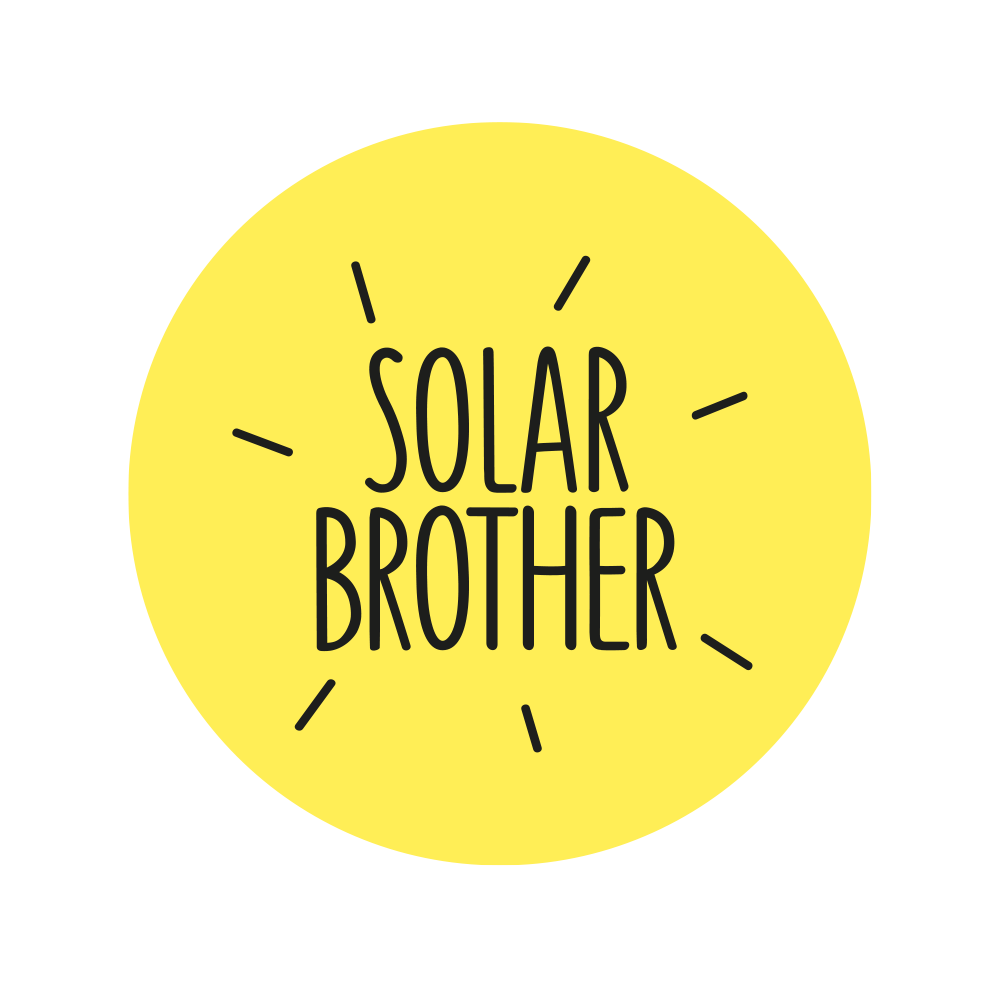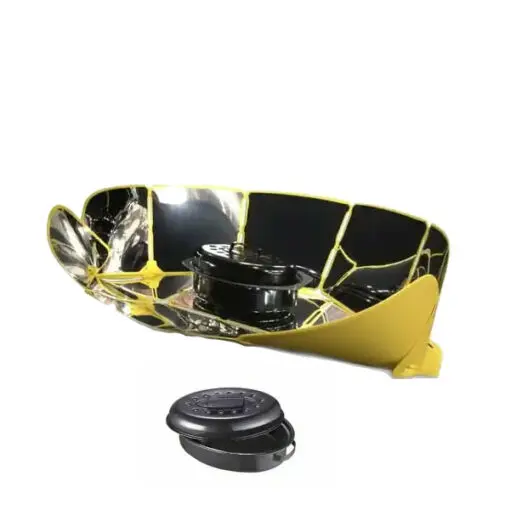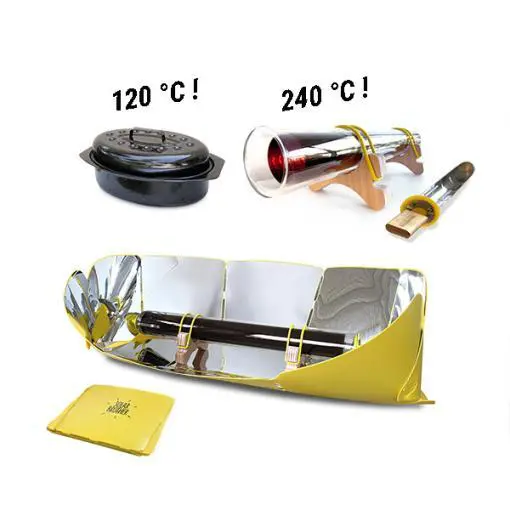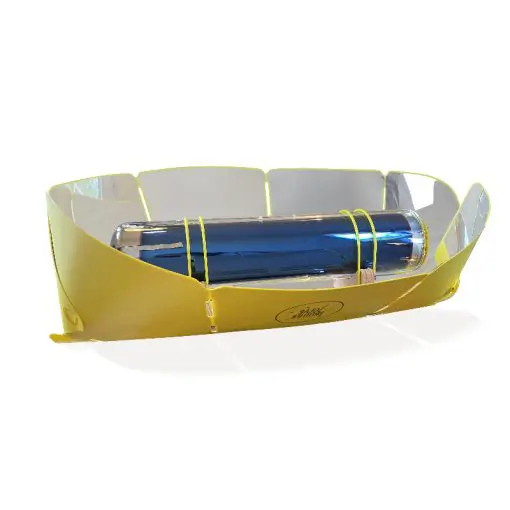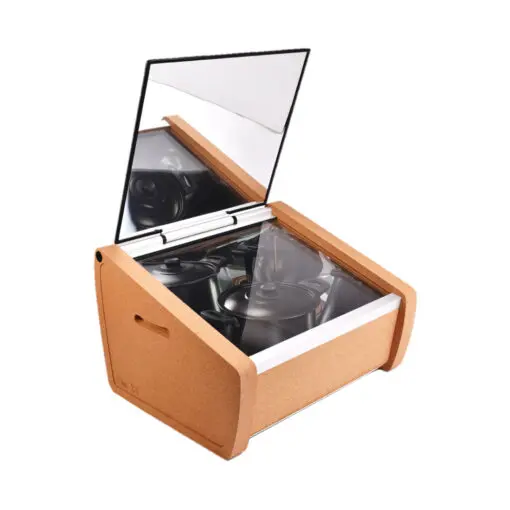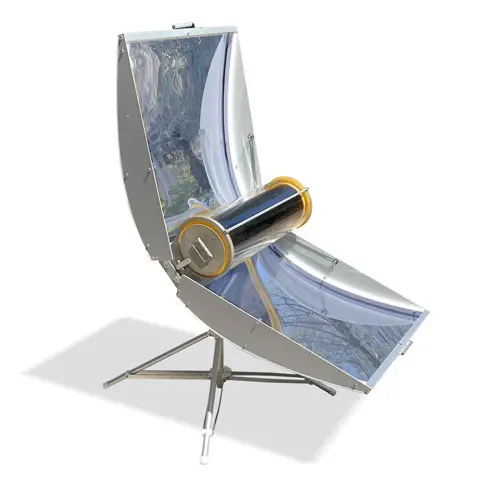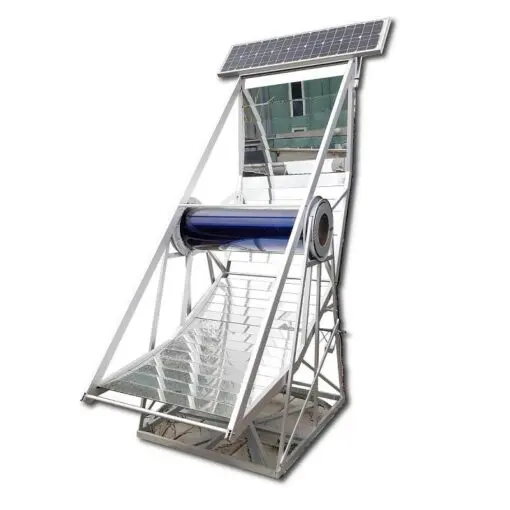News
Solar cooking: a healthy way to cook with unique taste and flavour!
Solar cooking: a healthy way to cook with unique taste and flavour!
Cooking has played a major role in the evolution of mankind, making food more digestible and much more energetic. Cooking also destroys certain allergens and pathogens, and makes available many nutrients that are beneficial to the body. Food is also a source of pleasure, and cooking brings infinite tastes and flavors to all preparations. However, certain aggressive cooking methods should be avoided as they are not good for your health. Gentle, slow cooking preserves most vitamins and minerals. At the end of this article, we’ll take a closer look at solar cooking, as it’s a healthy cooking method that preserves the nutritional qualities of food while enhancing taste and flavor. Solar cooking can be used to cook all kinds of dishes, with all the advantages of stewing and baking, and can also be used to roast meats.
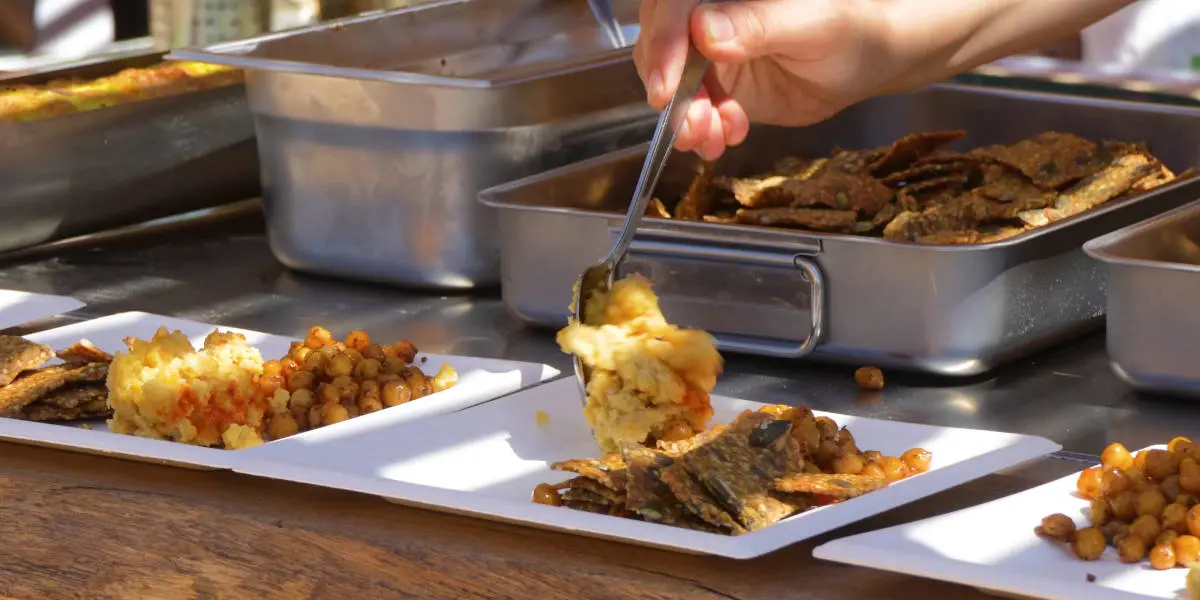
Cooking to enhance taste and flavour
The cooking method has an influence on flavor. Steaming preserves the natural taste and color of vegetables. The food doesn’t come into contact with water, and there’s no need to add salt, as the minerals remain inside the food: that’s what gives it its taste! Stewing is also a gentle cooking method, in which the food (meat, vegetables) cooks slowly in its own water, with no added fat, thus preserving the taste. Sauce dishes simmered in a casserole for several hours with well-chosen spices will bring out all the flavors of the food. Long, slow cooking makes meat tender and flavorful. Barbecuing or plancha cooking will also give a different taste to meats, with a touch of smoky flavor. Cooking is a beneficial factor for the pleasure of eating, but it can also have harmful effects if not properly controlled.
Cooking methods to avoid
High-temperature cooking High-temperature cooking should be avoided or limited, as it alters the sugar and fat content of food, reduces vitamin and mineral content, and can generate toxic substances, as with deep-frying oil or blackening butter. When baked at 220°C, food loses nutrients and sugar content. Grilling, barbecuing and wok-frying are very aggressive and lead to the formation of toxic hydrocarbons. For the same reasons, added ingredients can become toxic when cooked in a pan or a la plancha.
Pressure cooker, pressurized steam and boiling water With pressure cooker cooking and all pressurized steam and boiling water cooking, food comes into direct contact with water. These cooking methods kill enzymes and most vitamins, and render mineral salts unassimilable. Foods rich in starch can also form harmful chemicals. Short cooking times limit all these effects.
Microwaves Cooking with microwaves alters the structure of food to the point of making certain proteins toxic. Microwave cooking destroys vitamins and minerals. Use to reheat, not to cook!

Cooking methods that preserve nutrients
Low-temperature cooking (120°C) enables food to be cooked without depleting its nutrients or making it toxic. The ideal cooking method is gentle and long. Steaming is often considered the healthiest cooking method, as it limits vitamin losses to less than 20%, as is stewing. Baking or frying in a pan with little or no added fat, and monitoring the temperature, also helps preserve the food. Cooking in foil (without aluminum) is also a gentle cooking method, ideal for cooking fish because the omega-3s (cardioprotective) are not heat-resistant.
Solar cooking
Solar cooking is a natural, non-aggressive, combustion-free cooking method. Whatever type of solar cooker you use, solar cooking preserves vitamins and nutrients, enhances flavors and tastes and reveals new textures. The most obvious advantage of a solar oven is that it operates without flame, using abundant, free energy. When cooking with a solar oven, the most frequent feedback concerns the unique taste and flavor of solar cooking compared to other cooking methods. Many users find that their favorite solar-cooked dishes taste so much better!

Chefs are not mistaken either: solar cooking allows them to rediscover the true taste of food, and goes very well with the perpetual search for new flavors in gastronomy. “With the oven, we were able to work on cooking fish, on vegetables such as tomatoes or eggplants, on roasting fats, on brioches… the resulting taste and harmony were completely insane,” explains Nadia Sammut, Michelin-starred chef at Auberge La Fenière.
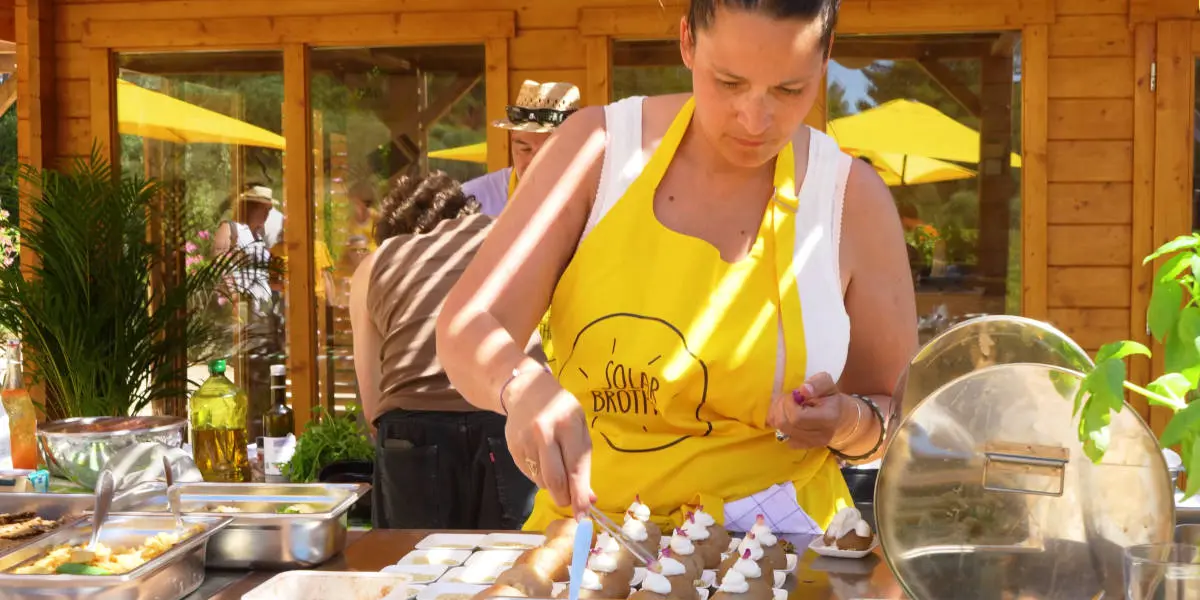
There are different types of solar cooker for all kinds of recipes (fish, meat, vegetables, fruit, cakes, etc.). Panel solar ovens (120°C) or box-type solar ovens (160°C) are specially designed for gentle cocotte cooking. Parabolic solar ovens allow you to cook a la cocotte or a la plancha, while tubular solar ovens allow you to cook as you would with a conventional oven, with temperatures reaching up to 240°C with both types. Tubular ovens are versatile, making them ideal for cooking on cloudy days, as they are highly efficient at raising temperatures and retaining heat.
Solar cooking!

If you’d like to learn more about solar cooking, Solar Brother organizes workshops that are open to everyone!

